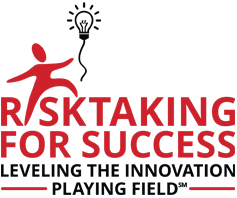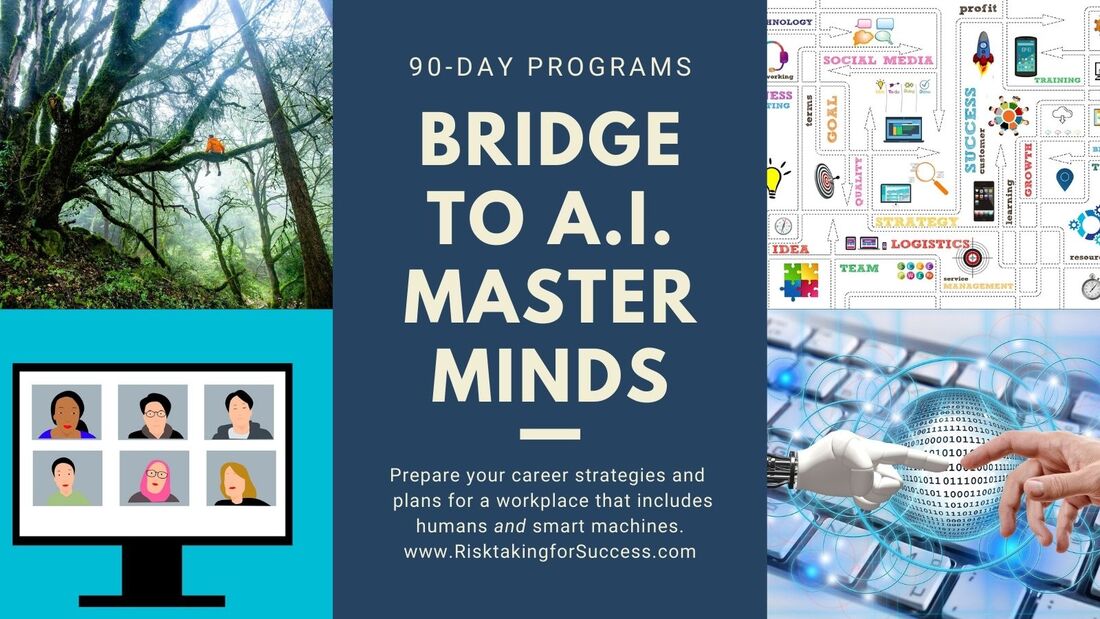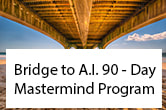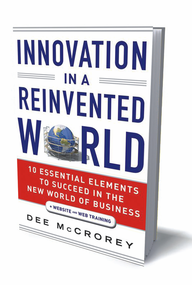|
Let’s face it. Long before robots and automation came into the picture we (at least Americans) have struggled with the acceptance of aging as part of a natural cycle with its own life stages.
So, it’s a bit surprising to watch as pent up anger fueled by fear—loss of jobs, loss of control—is directed at advanced technologies and the next generation of smart machines, especially when strong emotional responses haven’t been the norm when companies regularly displace older employees and replace them with younger workers who often possess knowledge of the newest technologies. But due to longer life spans and disruptive economic conditions during the last three decades, what was once a natural transition cycle of outgoing and incoming labor has now ushered in a demographic reality in the workplace—career professionals expect to remain working beyond the age of retirement. Let’s take a look at the data. More than half of older workers are pushed out of longtime jobs before they choose to retire, with many workers over 50 experiencing multiple job losses, according to data from ProPublica and the Urban Institute. Americans are facing an increasingly difficult working life in their later years, as more workers are asked to finance their own retirements, and age discrimination laws are blunted by U.S. courts in favor of employers, says ProPublica. Why do companies look to push out their 50+ cohort just when they’re growing in wisdom, solidifying their business savvy, and increasing their skills, intrinsic knowledge and experience? Assessing Elder Talent Instead of pushing people out primarily due to age, business leaders might consider performing an end-to-end assessment of their “emerging elder status” base and align it with the company’s vision and strategies over the next 2-5 years. How do you know what you really have unless you’ve assessed your talent before you let them go? Think broadly when assessing your workforce. You’re looking for skills that they use on-the-job today as well as under-used skills or under-valued capabilities that are primed to be tapped. Draw out potential capabilities that could be up-leveled with retraining and skills that could be enhanced in order to address short term challenges and longer term strategic goals. Don’t be afraid to ask exploratory questions that allow your employees to share deeper stories that help you to glean areas of past innovations, problem solving, and people solving skills. This process would be time consuming if performed by a fleet of HR professionals attempting to assess a large base of employees weeks before an intended downsizing effort. But by proactively leveraging resources within the company—for example, engaging middle managers and training professionals—in order to collect employee stories, along with the help of an AI assistant, data could be compiled and analyzed far more efficiently. Four Areas to Tap the Innovative Power of Inspired Elders Jumpstart new initiatives What to look for:
Kickstart stalled projects What to look
Trailblaze process innovations What to look for:
Mentor high-impact project leaders What to look for:
Additional Resources Chip Conley’s talk at Google, where he discusses many of the things covered in his book Wisdom @ Work: The Making of a Modern Elder https://youtu.be/XPvjm7B5iew Takeaway quote: “It's likely that for the future of work to be managed comfortably, we'll need to have a healthier perspective on older people in both the workplace and society more generally.”
0 Comments
|
Dee McCroreyPassionate about technology, the future of work, and the people side of change. Archives
November 2020
|
- 901-4424-099




 RSS Feed
RSS Feed



